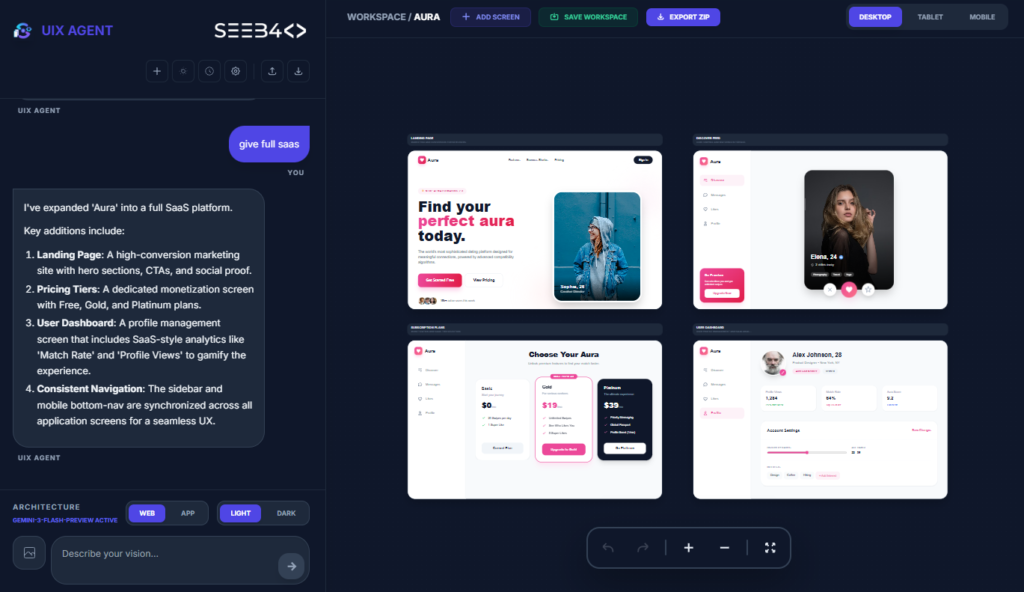APIs (Application Programming Connection points) are basic in the present web and portable applications, permitting various frameworks to really convey. Notwithstanding, similar to any framework, things can turn out badly, and that is where Programming interface mistake status codes become possibly the most important factor. These codes are fundamental for recognizing and investigating issues that emerge during Programming interface correspondence.
In this blog entry, we’ll investigate Programming interface blunder status codes, zeroing in on normal HTTP status codes, what they mean, and how to deal with them proficiently in your applications. Whether you’re new to improvement or a carefully prepared master, dominating these status codes will assist you with building stronger, easy to use applications.
What Are HTTP Status Codes?
HTTP status codes are normalized reactions that a server sends back to the client (typically a program or Programming interface client) in light of a solicitation. They are three-digit numbers that fall into explicit classes, each demonstrating whether the solicitation was effective or on the other hand assuming there was a mistake.
The classifications of HTTP status codes are:
- 1xx: Instructive reactions
- 2xx: Achievement reactions
- 3xx: Redirection reactions
- 4xx: Client errors
- 5xx: Server errors
For the motivations behind this blog, we’ll zero in on 4xx (client errors) and 5xx (server mistakes) — the most widely recognized types engineers experience while working with APIs.
Common 4xx Client Error Codes
400 Bad Request
This mistake happens when the server can’t deal with the solicitation because of client-side issues, like invalid information or deformed grammar.
Arrangement: Twofold check the Programming interface demand boundaries, headers, and body for any erroneous information or configurations.
401 Unauthorized
The client isn’t approved to get to the asset, for the most part because of absent or wrong verification certifications.
Arrangement: Guarantee the client is sending the right validation token, Programming interface key, or login certifications.
403 Forbidden
Despite the fact that the client is validated, it doesn’t have authorization to get to the mentioned asset.
Arrangement: Really take a look at client jobs and consents, or guarantee the Programming interface key has the right access level.
404 Not Found
The server couldn’t track down the mentioned asset.
Arrangement: Confirm that the endpoint URL is right and that the asset really exists on the server.
429 Too Many Requests
This mistake demonstrates that the client has raised a ruckus around town rate limit.
Arrangement: Carry out retry rationale with backoff, or lessen the recurrence of Programming interface demands.
Common 5xx Server Error Codes
500 Internal Server Error
A nonexclusive server mistake when something turns out badly on the server side, yet the particular issue isn’t known.
Arrangement: Check the server logs for additional subtleties, and guarantee the Programming interface is working true to form.
502 Bad Gateway
This blunder happens when a server going about as a door or intermediary gets an invalid reaction from the upstream server.
Arrangement: Explore the upstream help or outsider Programming interface you are associating with, and check assuming it’s having issues.
503 Service Unavailable
The server is briefly incapable to deal with the solicitation because of over-burden or support.
Arrangement: Retry the solicitation after a deferral, or tell the client that the help is briefly down.
504 Gateway Timeout
This blunder happens when a server going about as an entryway or intermediary doesn’t get an ideal reaction from the upstream server.
Arrangement: Improve the backend cycle or increment the brake settings on the client side.
Best Practices for Handling API Errors
1. Implement Proper Error Handling
Error handling is a critical aspect of API development. Make sure your code gracefully handles unexpected responses. For example:
- Show meaningful error messages to users.
- Implement retries with exponential backoff for network errors like 5xx.
- Log errors for deeper debugging and performance improvements.
2. Follow the API Documentation
Ensure that you’re sending requests in line with the API’s documentation. Many errors, especially 4xx, occur when the client’s request doesn’t conform to the API’s expected format.
3. Leverage Monitoring Tools
Use tools like Postman, New Relic, or Datadog to monitor the health of your APIs in production. These tools can alert you to issues like increased 500 errors or rate limits being exceeded.
4. Provide Clear Error Responses in Your API
When designing your API, return clear and detailed error messages. This helps users and developers understand what went wrong and how to fix it.
Conclusion
Understanding and actually taking care of Programming interface mistake status codes is essential for building vigorous and easy to use applications. From client-side missteps (4xx errors) to server-side issues (5xx mistakes), being ready for these situations will prompt a superior turn of events and client experience.
To plunge further into this point and other coding assets, visit SeeB4Coding. We give sagacious articles, instructional exercises, and advisers for assist designers with beating difficulties and develop in their activities.
Ready to elevate your coding game?
Explore SeeB4Coding for more guides and tutorials to sharpen your development skills:
https://seeb4coding.in










